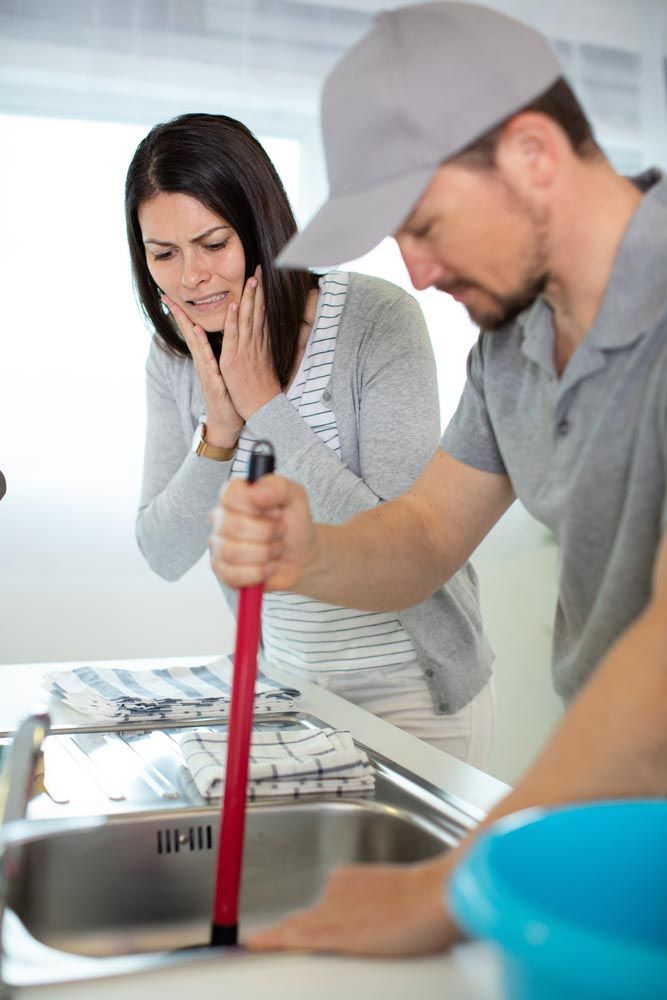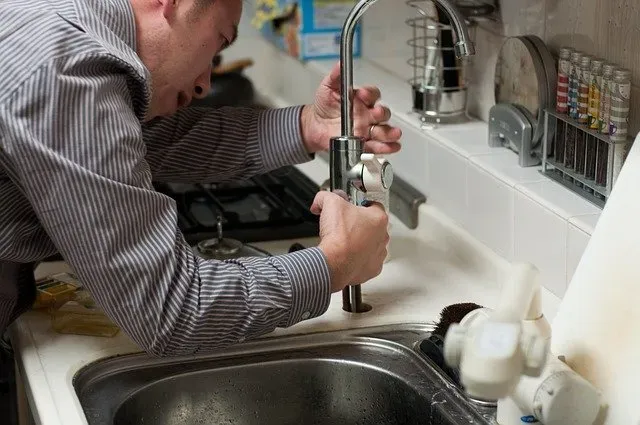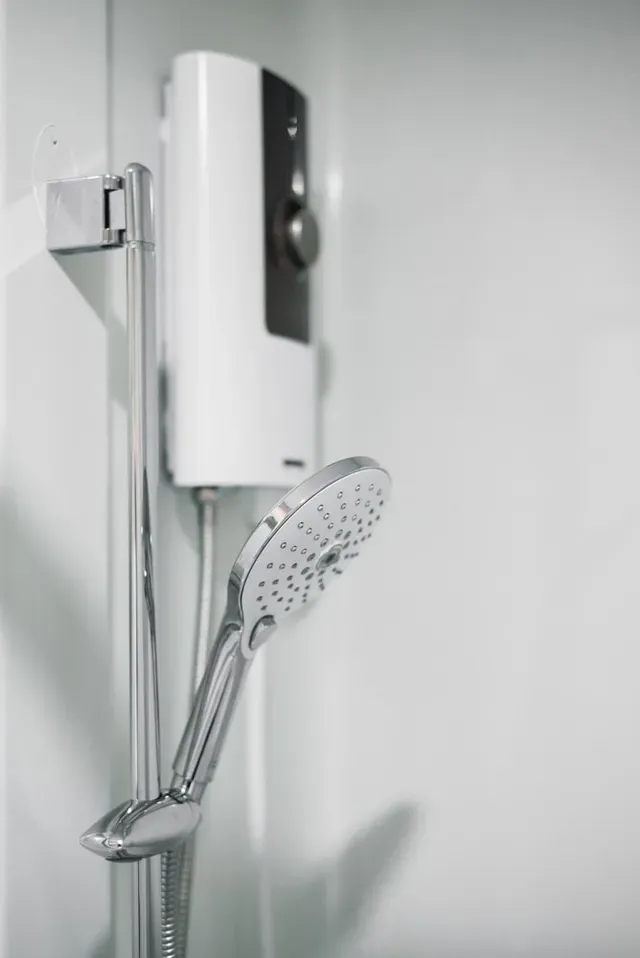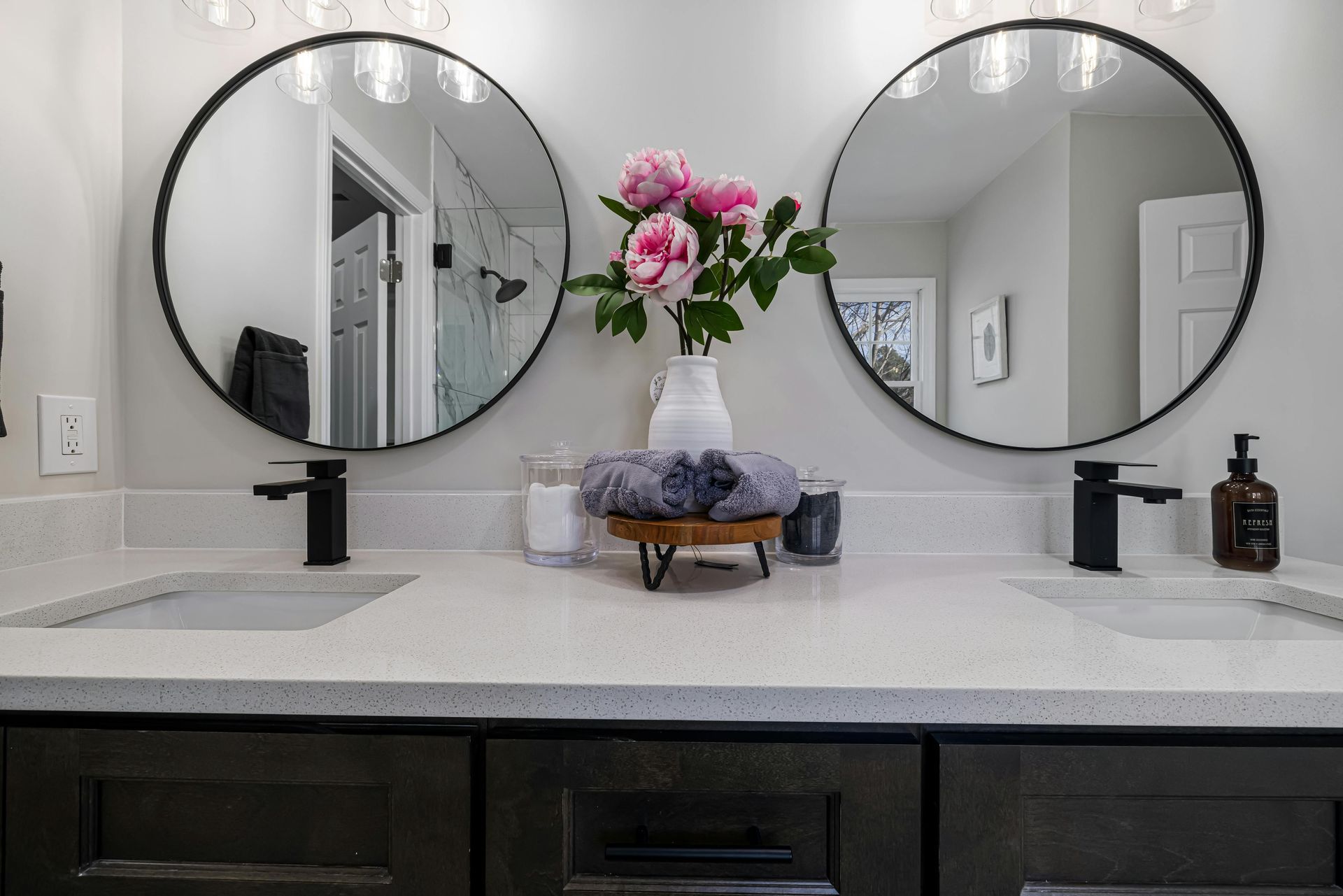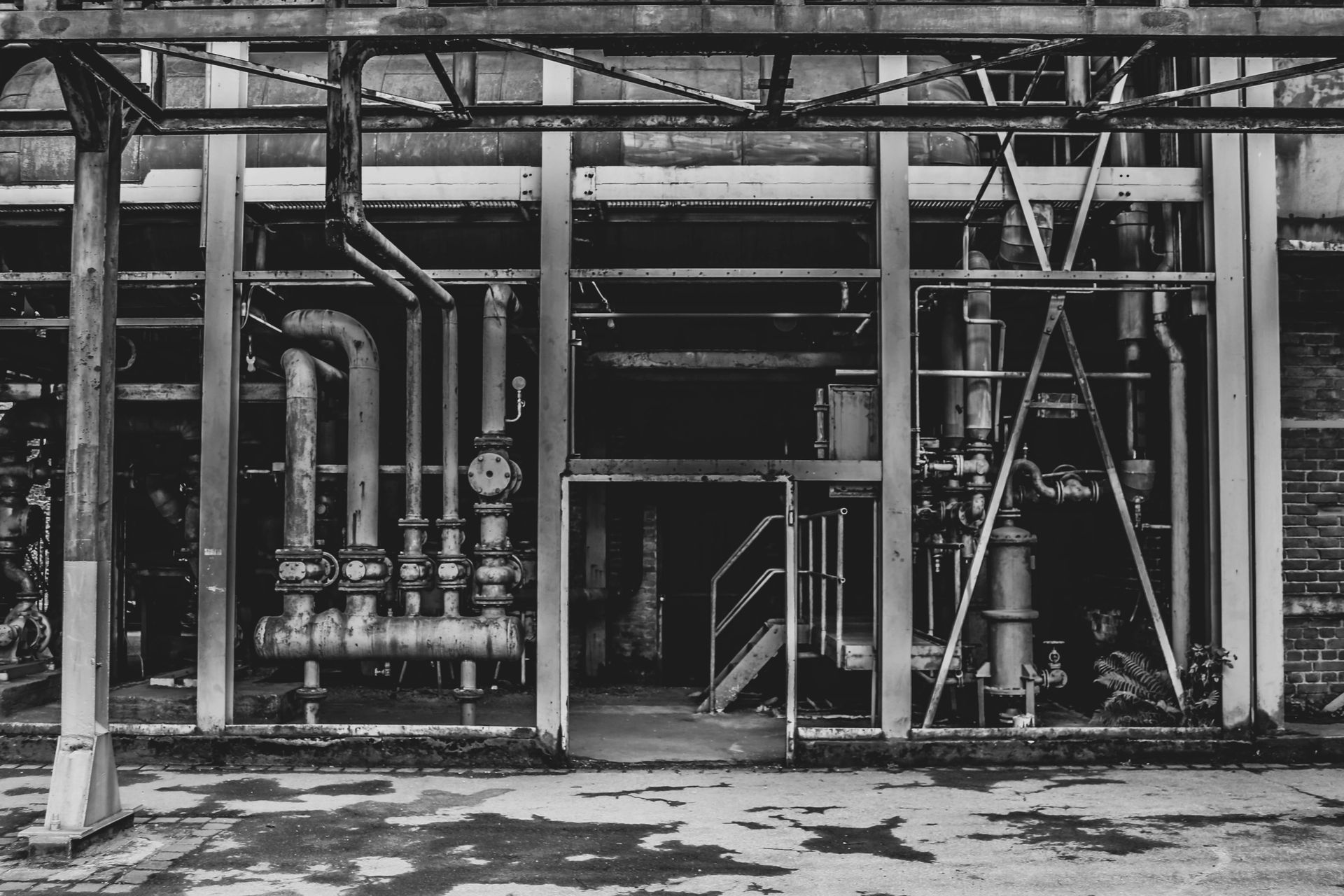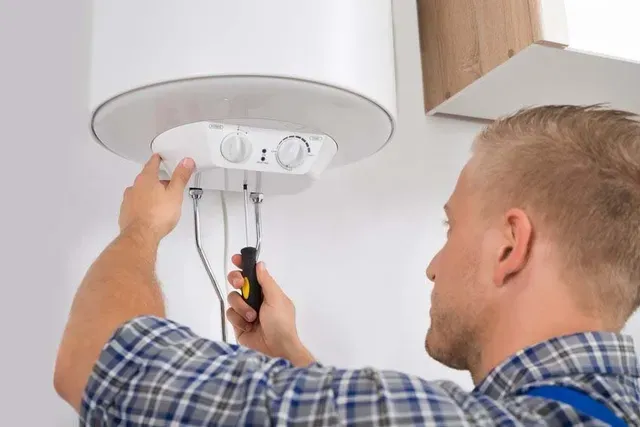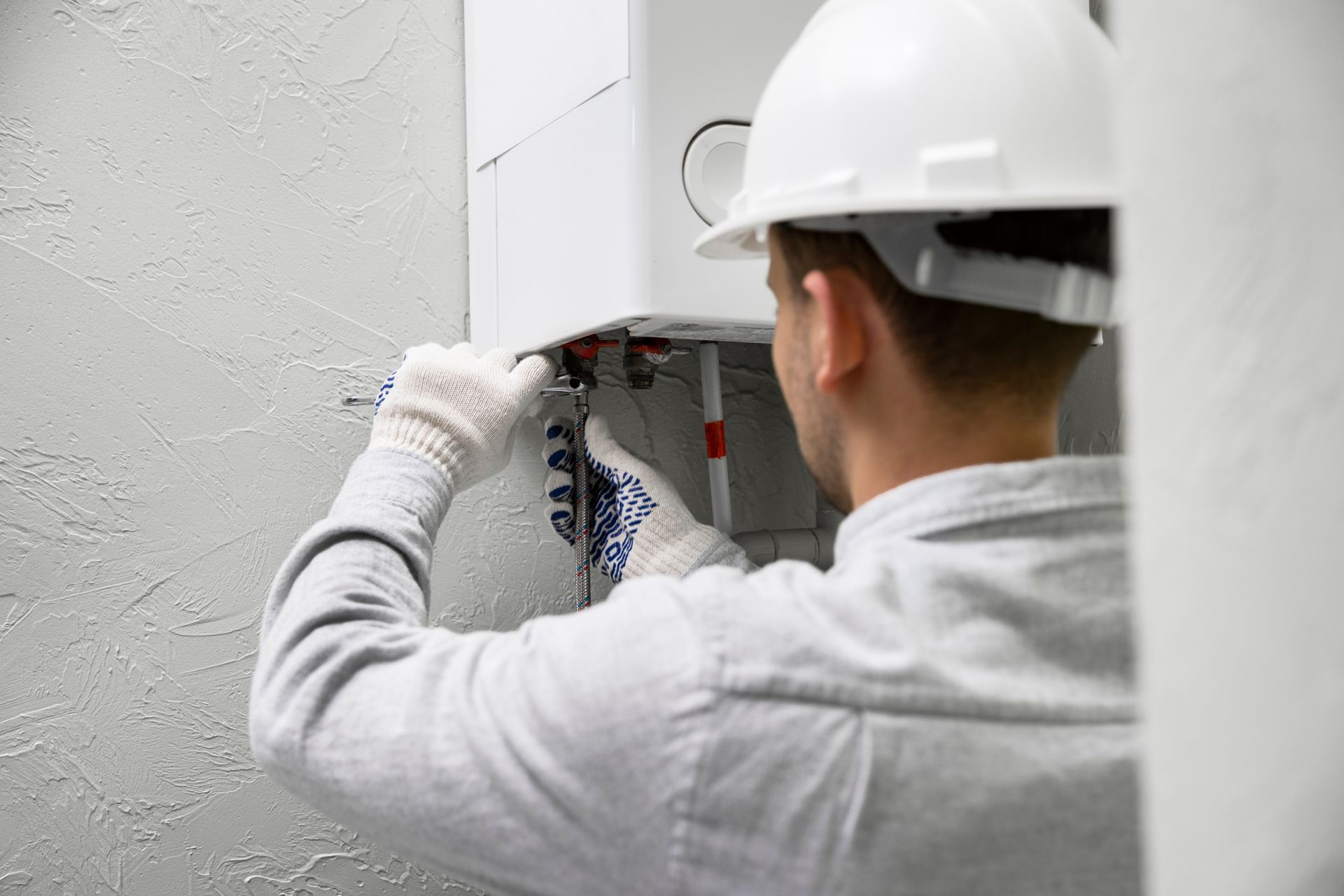How To Effectively Test Your Home's Water Quality?
Ensuring the quality of your home's water supply is essential for health, safety, and the longevity of your plumbing system. Contaminated or poor-quality water can lead to health issues, damage to appliances, and plumbing problems. Testing your water regularly helps identify impurities, contaminants, and other issues that may require treatment or repair. This article provides a detailed, professional guide on how to test your home’s water quality, including various testing methods, interpreting results, and maintenance tips.
Understanding the Importance of Water Quality Testing
Water quality can vary significantly depending on your source-whether municipal, well, spring, or rainwater. Even treated municipal water may contain trace contaminants that affect taste, odor, and safety. Testing helps detect harmful substances such as lead, bacteria, nitrates, chlorine, heavy metals, and mineral content. Beyond health concerns, poor water quality can accelerate plumbing wear, cause mineral buildup, and affect appliances like water heaters and dishwashers.
Regular water testing also helps identify issues that may require professional intervention, such as leaks or corrosion. For example, unnoticed problems like a slow leak can lead to water damage or even necessitate drain clearing to prevent blockages. Additionally, maintaining components like expansion tanks in your plumbing system ensures pressure regulation and prevents pipe bursts, which can be exacerbated by poor water quality.
Visual and Sensory Inspection: The First Step
Before using any testing tools, start with a simple sensory evaluation. Fill a clear glass or white container with tap water and observe its color, clarity, and smell. Clean water should be clear and free of discoloration or cloudiness. Any yellow, brown, or green tint may indicate rust, algae, or sediment contamination. Unpleasant odors, such as a strong chlorine or sulfur smell, can signal chemical treatment or bacterial presence.
Taste can also provide clues, but it is less reliable since some contaminants are tasteless or odorless. Comparing your tap water to distilled water can help highlight differences in taste or smell. If your water shows any unusual characteristics, proceed with more detailed testing.
Using Home Water Testing Kits
Home water testing kits are widely available and offer a convenient way to check for common contaminants. These kits come in various forms, including test strips, color disk kits, and digital testers.
Test strips are popular for their ease of use and affordability. They can detect parameters such as pH, hardness, chlorine, lead, iron, copper, nitrates, and bacteria. You simply dip the strip into a water sample and compare the resulting color changes to a chart. While test strips provide a quick baseline, they are less precise and rely on user interpretation.
Color disk kits involve adding reagents to a water sample, causing a color change that corresponds to contaminant levels. These kits tend to be more accurate than strips but require careful handling and sometimes incubation periods for bacterial tests.
Digital water testers measure parameters like total dissolved solids (TDS), pH, and electrical conductivity. These devices offer faster and more quantitative results but are more expensive and may require calibration and user training for accurate readings.
Professional Laboratory Testing for Comprehensive Analysis
For the most accurate and comprehensive water quality assessment, sending a water sample to a certified laboratory is recommended. Labs test for a wide range of contaminants, including heavy metals, pesticides, bacteria, and organic compounds, often at levels below what home kits can detect. This method is especially important if you rely on well water or suspect serious contamination.
Collecting samples properly is crucial for valid results. Use sterile containers provided by the lab, follow instructions carefully, and deliver samples promptly. Laboratory results typically include comparisons to health standards, helping you understand any risks and necessary treatments.
Interpreting Test Results and Taking Action
Once you have your water quality results, it’s important to interpret them correctly. Parameters such as pH should ideally be between 6.5 and 8.5, while TDS levels below 250 ppm generally indicate good water quality. Elevated levels of lead, bacteria, nitrates, or other harmful substances require immediate attention.
If contaminants are detected, consider installing appropriate filtration or treatment systems. For example, water softeners help reduce hardness and prevent limescale buildup in pipes and appliances. Chlorination or UV treatment can eliminate bacteria. Regular maintenance of plumbing components, including expansion tanks and water heaters, ensures system reliability and water safety.
In some cases, water quality issues may be linked to plumbing problems such as leaks or corrosion. For instance, a persistent leak might necessitate a plumber’s intervention to fix a toilet leak at the base or repair damaged pipes. Addressing these issues promptly prevents further contamination and water damage.
Routine Maintenance and Preventive Measures
Testing your water quality is only part of maintaining a healthy water supply. Routine plumbing maintenance plays a vital role. Regularly inspect pipes, fixtures, and appliances for signs of wear or leaks. Keep expansion tanks in good condition to regulate pressure and protect your system from damage.
Avoiding mineral buildup through water softening or filtration helps prolong the life of your plumbing and appliances. If you notice slow drainage or blockages, timely drain clearing prevents backups and contamination.
Finally, stay informed about your local water supplier’s quality reports and any advisories. Combining professional water testing with routine home maintenance ensures safe, clean water and a well-functioning plumbing system.
Conclusion
Testing your home’s water quality is a crucial step toward safeguarding your health and protecting your plumbing infrastructure. From simple sensory checks to advanced laboratory analysis, various methods are available to identify contaminants and assess water safety. Using home testing kits provides quick insights, while professional testing offers comprehensive results. Interpreting these results accurately allows you to take effective action, whether installing filtration systems, performing plumbing repairs like fixing a toilet leak at the base, or maintaining critical components such as expansion tanks.
Regular water quality testing combined with preventive maintenance, including measures to prevent limescale buildup and timely drain clearing, ensures your home’s water remains safe, clean, and reliable. By staying proactive and informed, you can enjoy peace of mind knowing your water supports the health and comfort of your household.

